This paper investigates the resilience of the UK fish farms to risk through their level of adherence to circular economic principles. The authors define circular economics as a shift from a wasteful linear system, to a regenerative closed-loop system, through reduced resource use, the elimination of waste and pollution, and a focus on repair, reuse and recycling rather than disposal. They argue that through aligning with circular economic principles, seafood companies may be able to increase their resilience to future economic and environmental risks whilst simultaneously improving their environmental impacts.
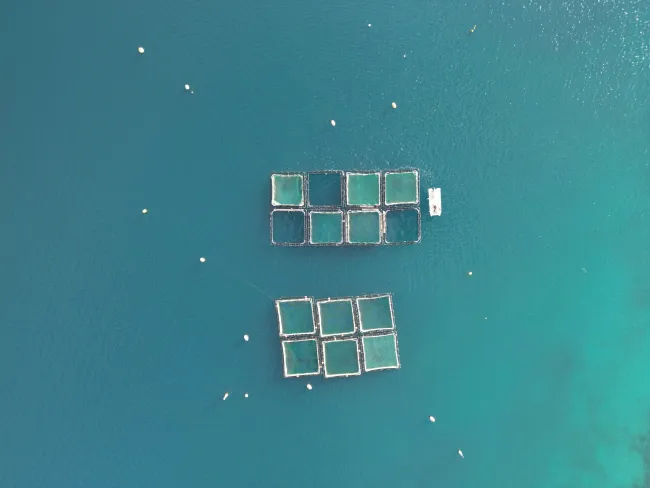
Whilst seafood production is on average less input intensive and has a more efficient feed conversion ratio than the production of other animal protein sources, the industry has still followed wider agri-food system trends of intensification of output through increased reliance on inputs, and increased waste production, generating negative health and environmental outcomes. The increased population density of farmed fish has heightened risks of spreading infectious diseases and antimicrobial resistance. Over-reliance on wild caught fish as a feed source is also leading to depletion of fish stocks and in some instances escaped fish are outcompeting wild populations.
Through a survey and a series of workshops with SMEs across the seafood value chain including producers, processors, consultants and retailers, the researchers sought to identify businesses' perceptions of current risks, their risk-mitigation strategies, their alignment with general resilience mechanisms and future plans for circular economic activity. The authors particularly focus on resilience in the form of adaptive capacity, defined as the system’s ability to make sustainable adjustments over a longer period or for the longer term in order to cope or respond to disturbances. They found that seafood companies are implementing a range of circular economic strategies to respond to long term risks, for example reducing and recycling single-use plastics such as packaging, nets and feed bags, and have plans to transition to renewable energy sources. However, in responding to short term risks, mitigation measures did not tend to align with circular practices through building adaptive capacity, suggesting that immediate risks are not seen as having solutions that would increase sustainability. As a result, researchers conclude that the sector is locked into a reactive cycle (see image below), because it is constantly adapting to short-term risks and therefore lacks the capacity to shift into a capacity building cycle.
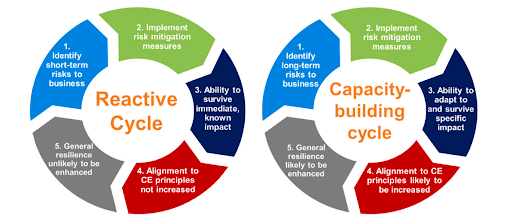
Image: Figure 8, Claire et. al., 2023. Two cycles of business behaviour, the first characterised by reactive cycles of short-term specific risk mitigation, the second characterised by capacity building through long-term specific risk mitigation, aligning with circular economic behaviour and general resilience.
Abstract
To ensure sustainable seafood production for future generations, seafood businesses must be resilient in the face of future shocks and stresses. Recent research suggests that by increasing alignment with principles of circular economy such as eliminating waste and regenerating natural environments, seafood companies may be able to improve their general resilience (i.e. resilience to unforeseen disruptions). Research presented here empirically explores potential links between circular economy, risk mitigation and resilience through a survey and workshops with seafood businesses in the United Kingdom. We found that many of the seafood companies participating in our research are actively implementing a range of circular economy actions such as recycling materials and minimising the use of single-use plastics. When identifying specific risks, businesses tended to adopt short-term mitigation measures that were less likely than longer-term measures to be aligned with circular economy principles. While businesses felt confident about their ability to adapt to and survive future risks, a focus on short-term risk mitigation might reduce their capacity to plan for longer-term risks. An inability to identify and prepare for longer-term risks may also impede businesses’ ability to increase their resilience to unforeseen disruptions and lock companies into a reactive, rather than a capacity-building cycle of risk mitigation.
Reference
Clair, R.S., Pappas, D., Fletcher, C. and Sharmina, M., 2023. Resilient or environmentally friendly? Both are possible when seafood businesses prepare for long-term risks. Journal of Cleaner Production, 408, p.137045.
Read the full paper here. See also the TABLE blog post on sustainable aquaculture as well as our lean, mean, green report for more on circular economics.

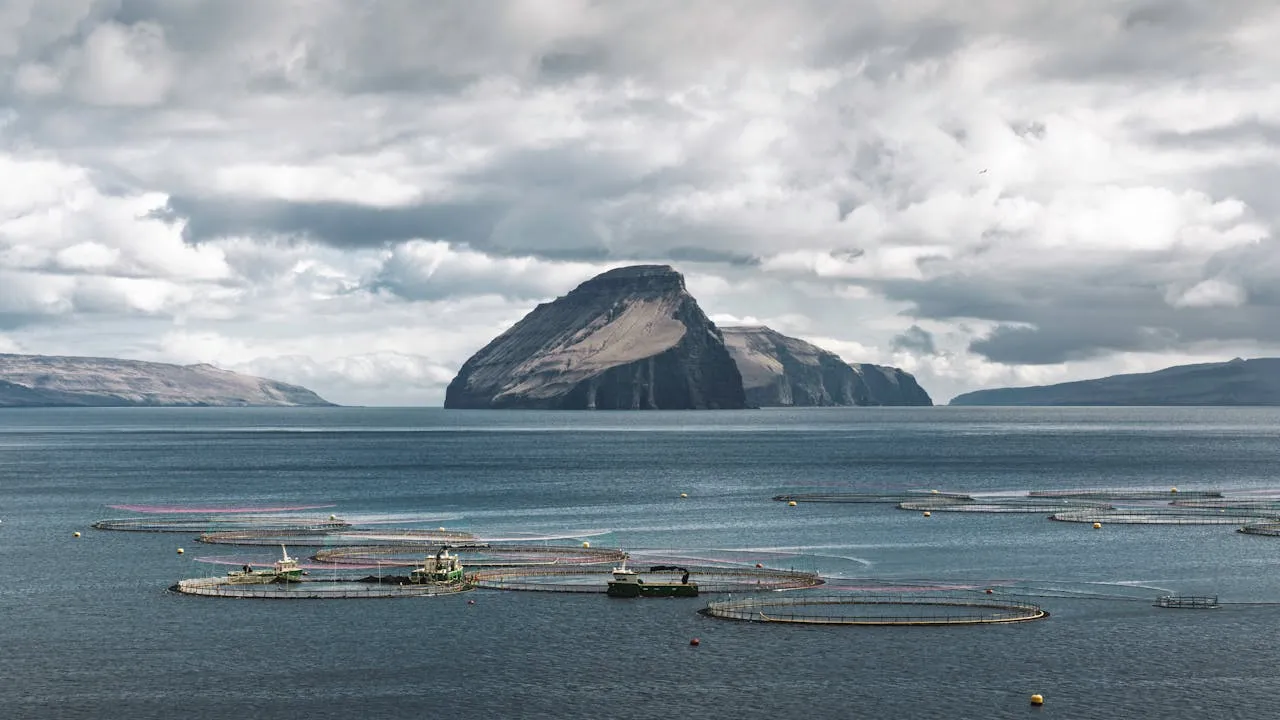
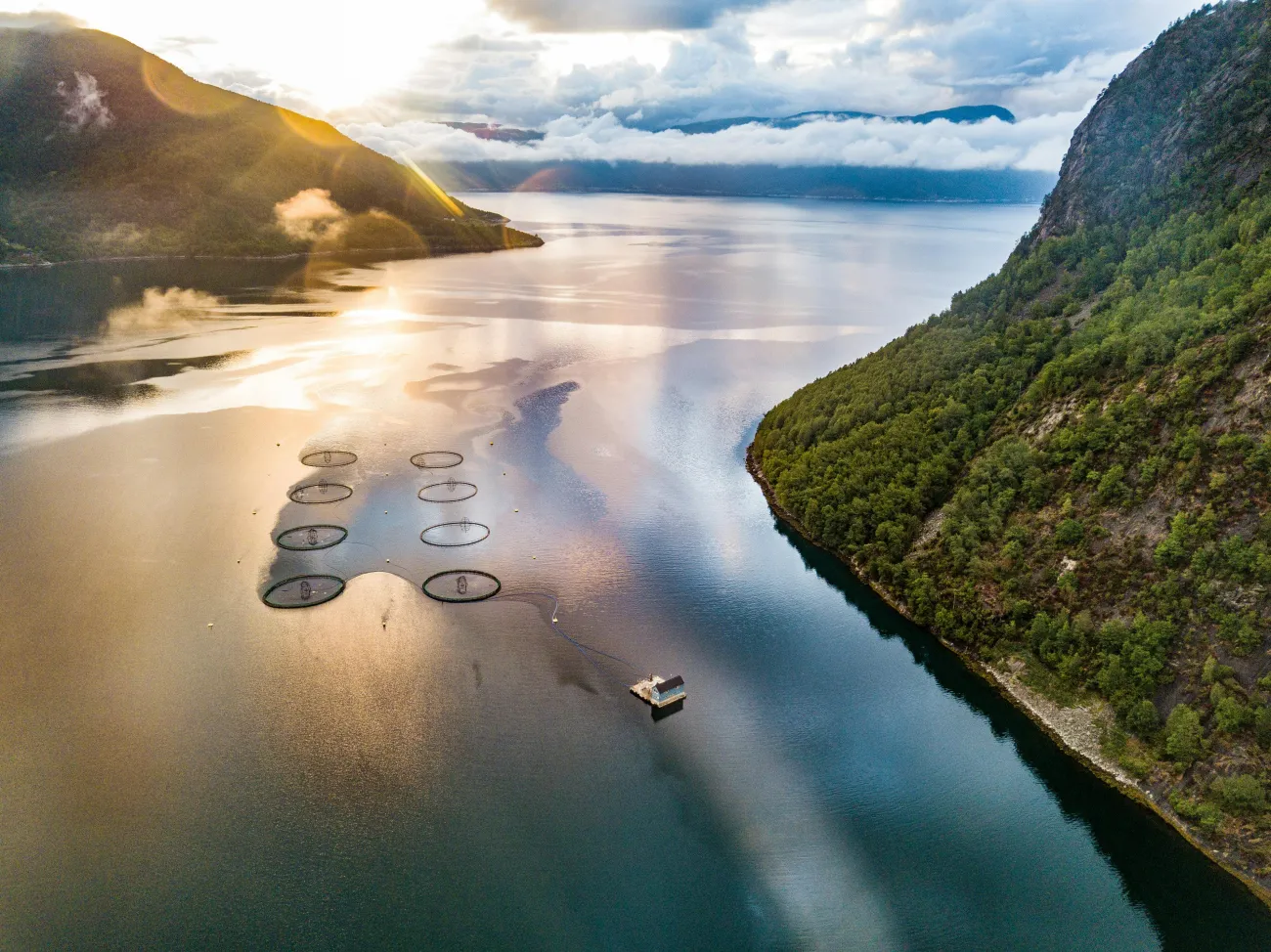
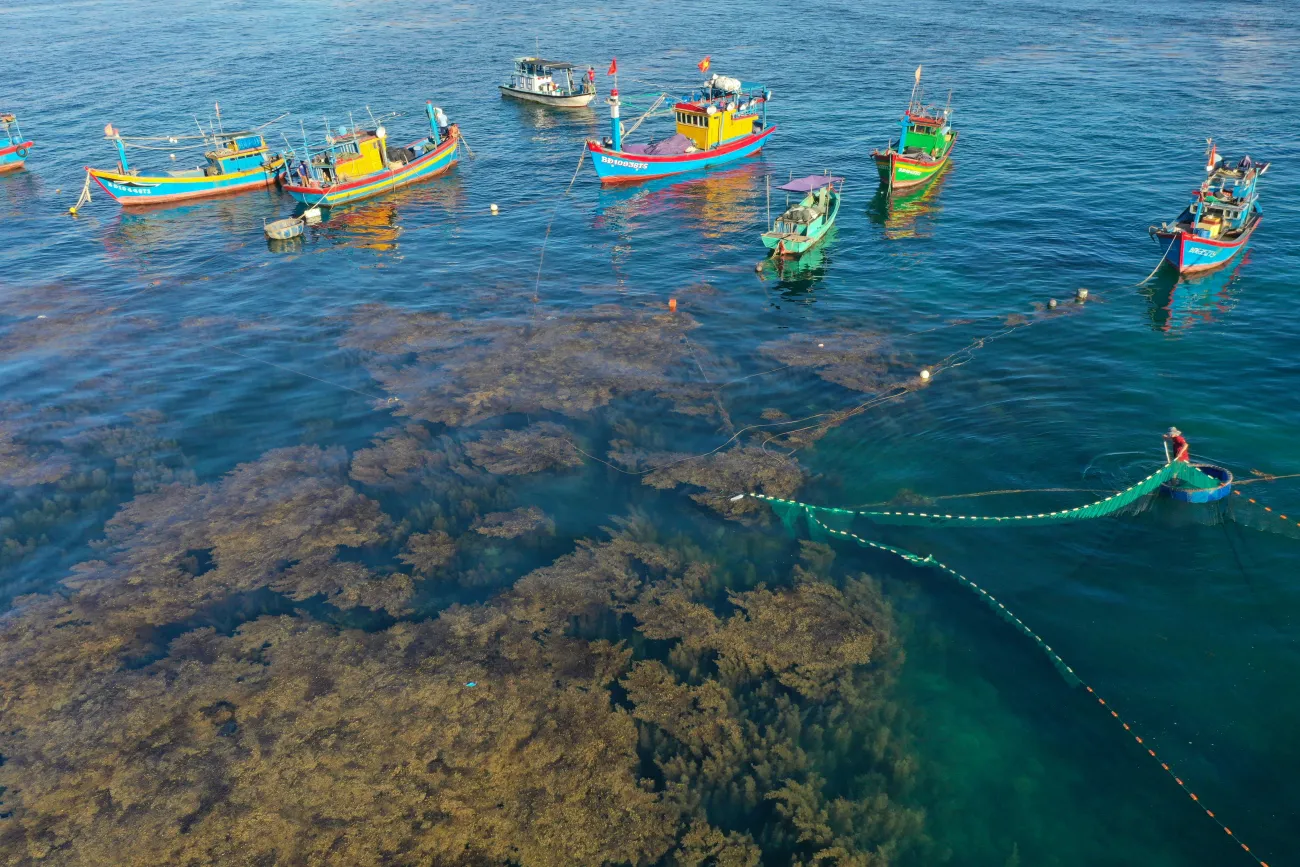
Comments (0)